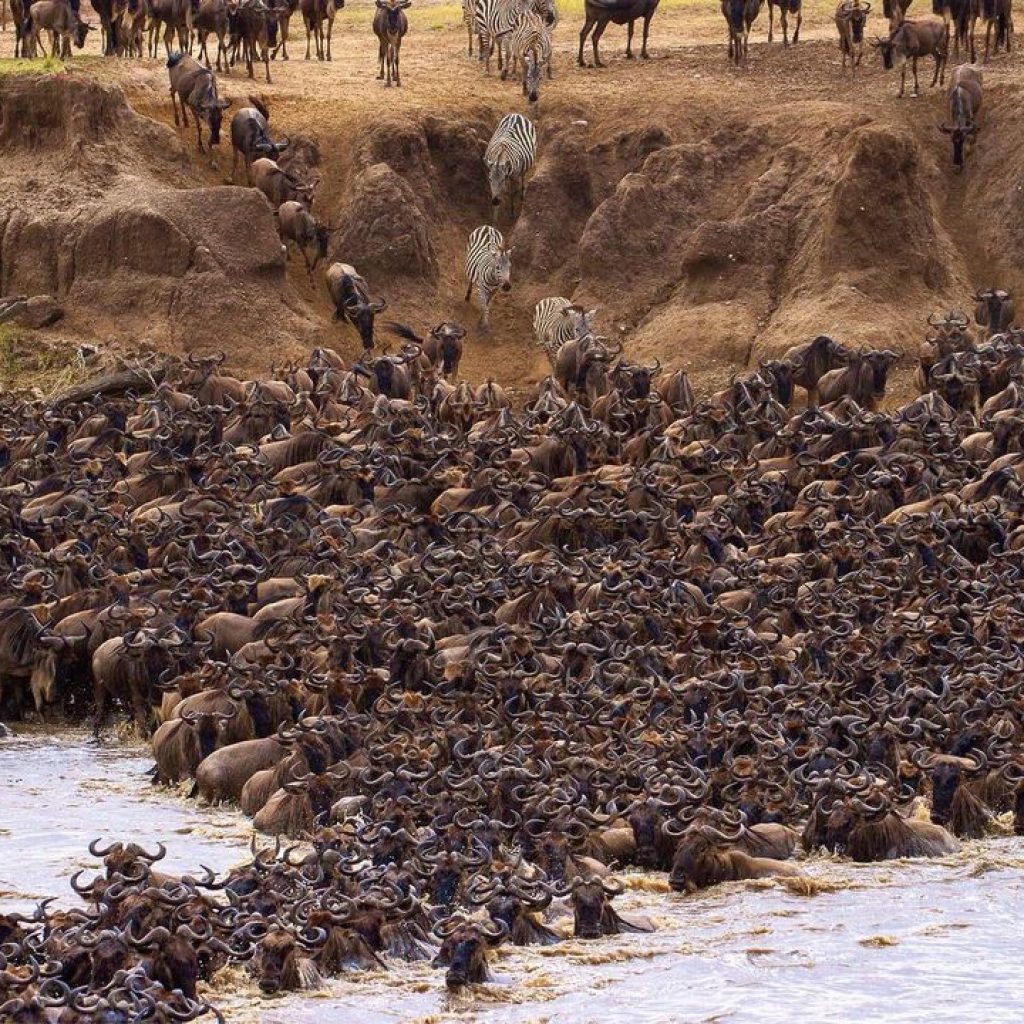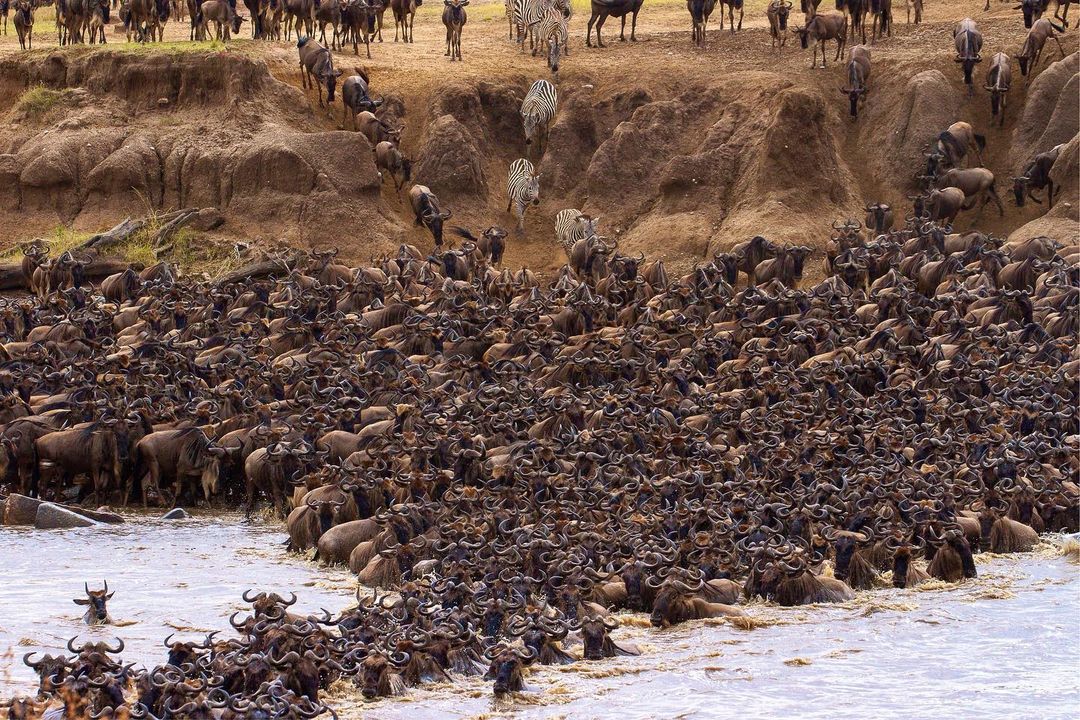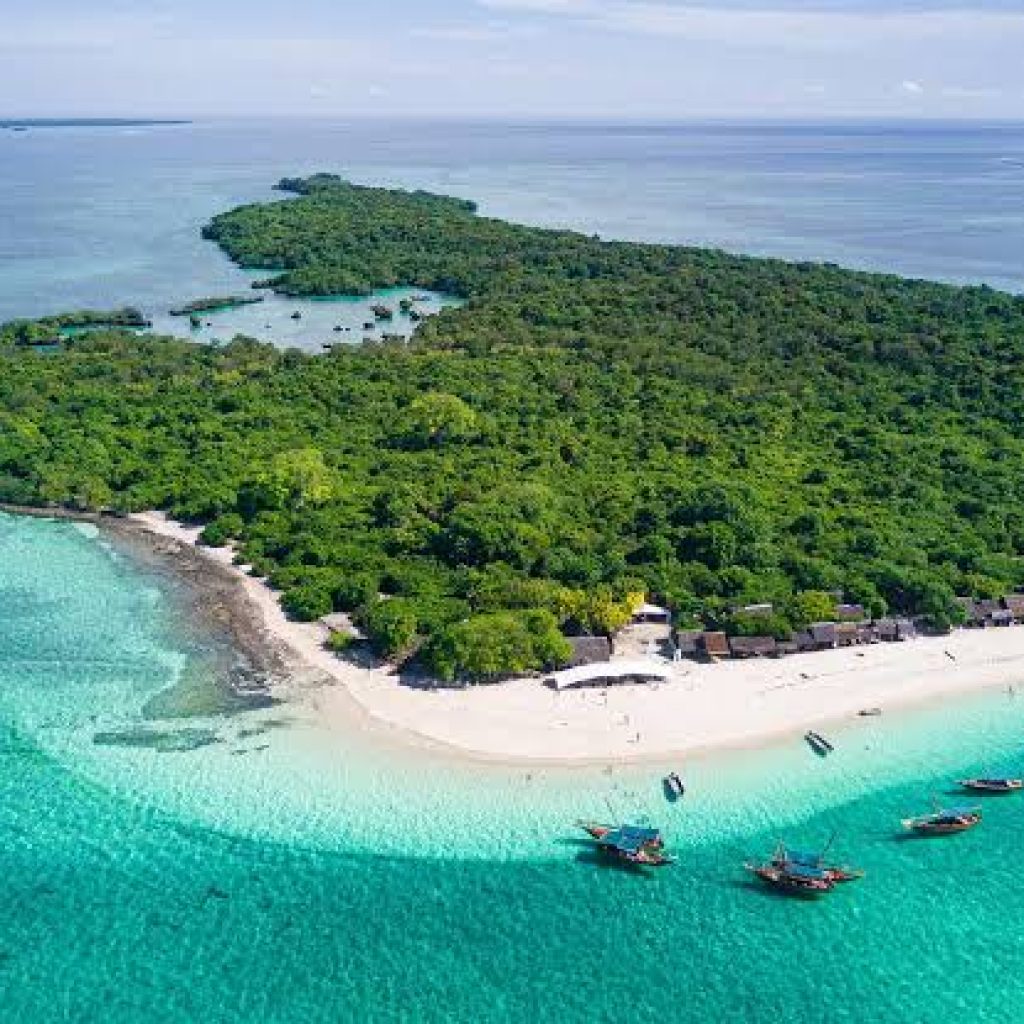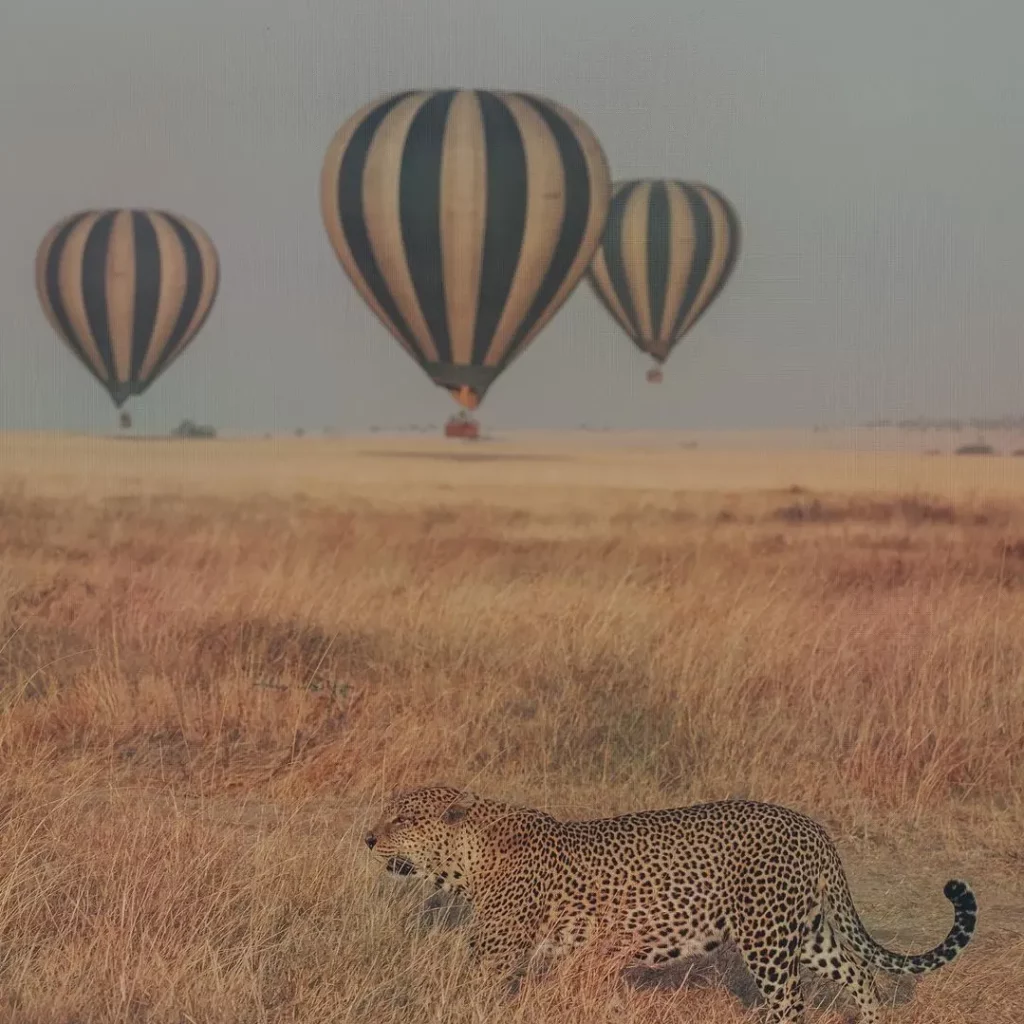
Tanzania is one of the most captivating, satisfying and diverse safari and beach destinations in East Africa. The country is a melting pot of cultures and traditions and embodies for many travellers what is quintessential Africa. From the snow-capped mountains of Kilimanjaro, the expanses of the Serengeti which is teaming with wildlife to the white coral sand beaches of the Zanzibar archipelago and it’s beautiful views of the turquoise Indian Ocean, Tanzania offers a fantastic wealth of experiences and opportunities that are hard to find elsewhere. Tanzanian natives are renowned for the beauty and diversity of their cultures and travellers often comment on their warmth, politeness and dignity.
The country’s vast array of national parks and game reserves are unsurpassed with the endless plains of the Serengeti its crowning glory, which is home to over a million wildebeest that migrate throughout the year, crossing the border into Kenya in August and returning in October. Not far from the Serengeti you will find the magnificent landscapes and one of the highest concentrations of wildlife in the Ngorongoro Conservation Area which is home to the Ngorongoro Crater, a large, unbroken, un-flooded caldera, formed when a giant volcano exploded and collapsed some three million years ago.
The Conservation area is home to a variety of renowned natural wonders and heritage sites, including Oldonyo Lengai Mountain, Lake Natron, Olmoti and Empakai craters, and the Olduvai Gorge. The Olduvai Gorge is a famous archaeological site where the skull of a Neanderthal man, the Zinjanthropus, was discovered by Dr. Leaky in 1959.






Ruaha National Park and the Selous Game Reserve are also highly recommended with their riverine settings, varied landscapes, walking safaris, fly camping under the stars and adventures on the river. Mihale Mountains National Park offers something for the more experienced safari enthusiast and is one of the best places on the continent to experience a Chimpanzee trek.
Zanzibar is popular for its white coral sand beaches and history with exotic Stone Town a UNESCO world heritage site. The crystal clear waters and reefs around Pemba and Mafia Islands located East of the mainland are also experiences to be treasured while Saadani National Park provides the opportunity to enjoy a mixture of bush, beach and river all one location.
Tanzania is the largest country in East Africa stretching over 943,000 square kilometres and is bordered by the Indian Ocean to the East by the lake of the Great Western Rift Valley to the West. The Coastline is a mixture of mangroves and long sandy stretches while inland the terrain quickly elevates to mountains before levelling out onto a plateau nestled between the eastern and western branches of the Great Rift Valley.
Tanzania is teeming with wildlife and a range of climatic and environmental conditions support a host a hugely impressive variety of large animals, making this county one of Africa’s top destinations for watching wildlife. Ruaha and Tarangire are home to vast herds of Elephant and band of Chimpanzee can be found playing in the forests of the Mahale Mountains and Gombe Stream National Parks.


Four million wild animals inhabit Tanzania with 430 species and subspecies represented in a country that is also well known for its variety and multitude of fauna. Tanzania has over 60,00 species of insect, 100 snake species and an incredible variety of marine life. Tanzania is also a wonderful destination for bird enthusiasts with over 1,000 species including kingfisher, bee-eaters, fish eagle, hornbill and flamingo. Endemic species include the Udzungwa forest partridge, the Pemba green pigeon, the Usambara weaver and Usambra eagle owl.
Big Game wildlife such as common zebra, elephant, buffalo, hippopotamus, wildebeest, giraffe, antelope and gazelle can be found in large numbers which are naturally controlled by Tanzania’s predator population which includes lion, leopard, wild dogs and hyenas. The black rhino is now one of Tanzania’s endangered species and can only be witnessed in certain areas of the Serengeti and Ngorongoro areas. Other endangered species include Zanzibar’s red colobus monkey population, Selous Wild dog population and the flying foxes of Pemba Island.
Tanzania is a year-round destination. Factors that may influence your decision of when to go include whether you wish to avoid the long rains, and if there is any particular spectacle you would like to see. For many travellers, witnessing the wildebeest migration during a safari in Tanzania is a much-coveted experience and, while their movements are dependent on rainfall, familiarising yourself with the annual cycle of migration can help you select the right time.


Generally speaking, the wildebeest cross the border into Kenya in August and return in October – though their exact movements are determined by rainfall, so dates can of course vary.
Tanzania is home to a wealth of wonderful destinations; here are a few of the most unmissable:
- Serengeti National Park: The oldest national park in Tanzania, the Serengeti is world-famous for the annual wildebeest migration – though in truth, there is plenty to see here all year round. Indeed, during safaris in Tanzania outside of the migration, you can look forward to gazing upon thousands of creatures grazing on the planes, from giraffes and elephants to topis and gazelles.
- The Ngorongoro Conservation Area: Home to the Ngorongoro Crater, the Conservation Area boasts one of Tanzania’s highest concentrations of wildlife, as well as a host of natural wonders, including the crater itself and the Olduvai Gorge, a famous archaeological site. Often described as Africa’s Eden, the Ngorongoro Crater has lions, zebra and wildebeest in abundance, as well as a dramatically beautiful landscape.
- Selous Game Reserve: Perfect for travellers who are keen to get off the beaten track, Selous Game Reserve is comparatively little known, despite covering some five per cent of Tanzania.
- Zanzibar: An archipelago boasting white coral sand beaches lapped by beautifully clear waters, Zanzibar is a stunning place to explore. In addition to its beaches, it provides cultural interest at Stone Town – a UNESCO World Heritage Site – and the chance to discover nature in Jozani National Park.




0 Comment